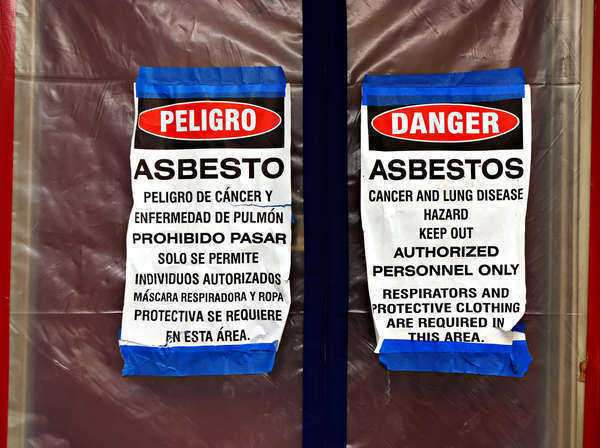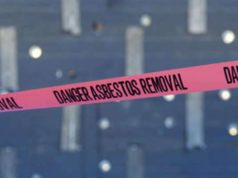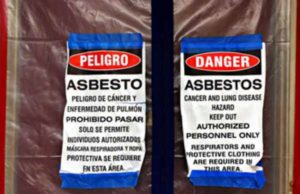
The North Carolina Department of Health and Human Services and Asbestos Hazard Management Program handles asbestos control and North Carolina asbestos abatement procedure. The important functions of North Carolina asbestos abatement procedure involve notifying the appropriate authorities about demolition and renovation procedures, certifying contractors to perform asbestos abatement and ensuring the safety of those that work with asbestos abatement. Areas of the North Carolina asbestos abatement procedure for the safety of workers will be adopted directly from the federal mandates set by the Occupational Health and Safety Administration.
Sources of asbestos
Mines and military instillations are the primary areas that have been rife with asbestos exposure. The North Carolina military instillations will have their own asbestos abatement procedure that will follow federal standards. All others must be inspected by a North Carolina asbestos abatement inspector prior to any work being done on a renovation or demolition project.
Homes and small residential structures are exempt from most permits and notification procedures, but homes will also have some of the most sources of asbestos containing materials. This includes insulation, roofing, plaster and pipe insulation. Inspectors will be able to check the residence for possible sources of dangerous friable asbestos and will ensure that the homeowner follows North Carolina asbestos abatement procedure and disposal requirements.
Hazards in North Carolina
In addition to natural deposits of asbestos that will have been disturbed by mining activities, hurricanes are also a threat. The aftermath of hurricanes inevitably exposes friable asbestos, putting rescue workers and those living nearby in danger. The state government will have emergency protocol that waives the typical waiting period for permits in order to expedite the abatement process.
North Carolina AHMP provides information on potential hazards in schools and information on how to avoid exposure to asbestos as well as issue permits, investigate complaints and oversees management of abatement projects.
Proper removal of asbestos containing materials
All friable materials should be removed and this will be done typically by wetting the material until it is waterlogged. Doing so traps the fibers and prevents the unnecessary release of more particles. This is used in conjunction with a power vacuum designed to trap micro particles. The wet friable material is then removed and sealed accordingly. The Occupation Health and Safety Administration will set safety and abatement requirements to ensure safe asbestos abatement. This will be incorporated into the North Carolina asbestos abatement procedure.
All demolitions will involve the removal of most asbestos containing materials. This includes the non-friable materials that are likely to crumble, as the dust will contain asbestos fibers. Non-friable material may be treated as construction waste unless otherwise noted by the state or asbestos inspector.
Certification of asbestos abatement specialists
You will find a listing of those qualified to work with asbestos materials on the state government website. This includes both inspectors and contractors. Only contractors may perform asbestos abatement on non-residential structures as the EPA and other states will accredit training programs and course for those seeking certification and licensing. For the purposes of asbestos abatement, certification in another state is transferable to North Carolina.





























